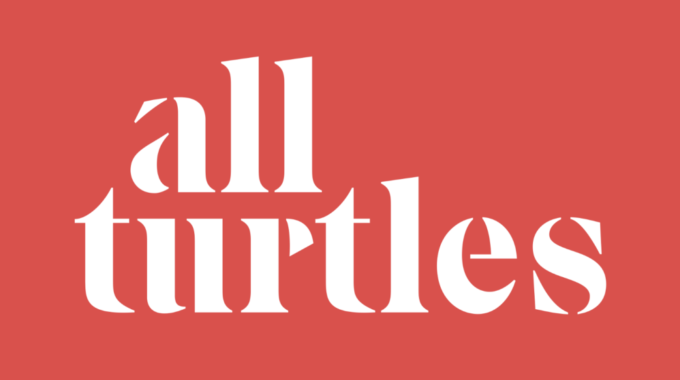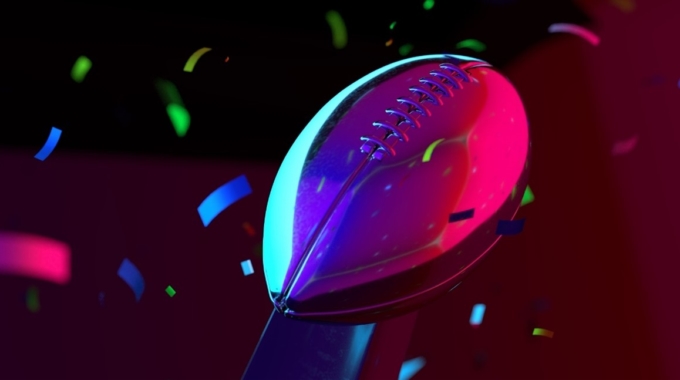
From All-Turtles.com, by Lee Bruno:
How Swarm Intelligence Helps AI Make Better Decisions
The ancient Roman poet Virgil compared the work of bees to that of humans, even drawing parallels between bee society and human society with anthropomorphic flair. He looked at the beehive as a city, as a house and even delved into its political organization.
Centuries later, the behavior of bees and other swarming insects continues to fascinate. It has served as a plot device in sci-fi books and movies, as mother nature gone rogue. Michael Crichton’s novel Prey is about out-of-control swarm intelligence in man-made nanobots built from bacteria. In the book, the life forms possess rudimentary intelligence, learn quickly and innovate. They develop predatory behavior, attack and kill.
But these potent natural behaviors also inspire entrepreneurs to mimic them with computers and robots. Swarm intelligence was defined in the late 1980s as a branch of artificial intelligence that attempts to get computers and robots to mimic the highly efficient behavior of colony insects such as ants and bees. For instance: studying ants’ foraging behavior led to a method for rerouting network traffic in overtaxed telecommunications systems, and applying the division of labor among honeybees has helped streamline assembly lines in factories.
Rosenberg’s company develops algorithms that allow humans to collectively make predictions. They do so through the company’s distributed architecture that enables groups of people, scattered around the world to log on to its “swarm platform” and participate in what it calls real-time closed-loop intelligence, which is moderated by AI algorithms. The participants are asked questions related to the topic or theme being explored, their answers are collected through Unanimous’s “swarm interface,” and processed and analyzed by its AI software. So far, the algorithms and their human directors have made some astoundingly accurate predictions, such as the first four winning horses of the Kentucky Derby, the Oscar winners, Stanley Cup champions and others. The thinking goes that the more people who are involved in the swarm, the greater their predictive power will be.
Super-intelligent group think
“We connect people together in a real-time system that’s modeled after nature,” said Louis Rosenberg, CEO of Unanimous AI, a software maker using swarm intelligence to help humans make better decisions. By doing so, one gets “a much deeper expression beyond intuition, and beyond what you can’t express verbally when individuals are behaving in a swarm…they’re actually expressing themselves at a more intuitive level,” Rosenberg said. “And it works. It’s the reason why bees swarm and birds flock. Nature discovered through evolution a way to maximize the group so they could think together and converge on an optimal system.”
Read the rest of the profile at All-Turtles.com:
How Swarm Intelligence Helps AI Make Better Decisions
About Unanimous AI
Unanimous AI pioneers technologies that amplify the intelligence of business teams, combining the power of AI with the depth of human insight. Its Swarm AI technology is currently being used by Fortune 500 companies for a wide range of applications, from forecasting sales to optimizing marketing campaigns. In 2018, Swarm AI was recognized as SXSW’s “Artificial Intelligence Innovation of the Year.” For more about Unanimous AI, see the TED talk, “Hope for Humans in an AI World” or visit http://unanimous.ai
Want to learn more about our Swarm AI technology? Check out our TED talk below…



